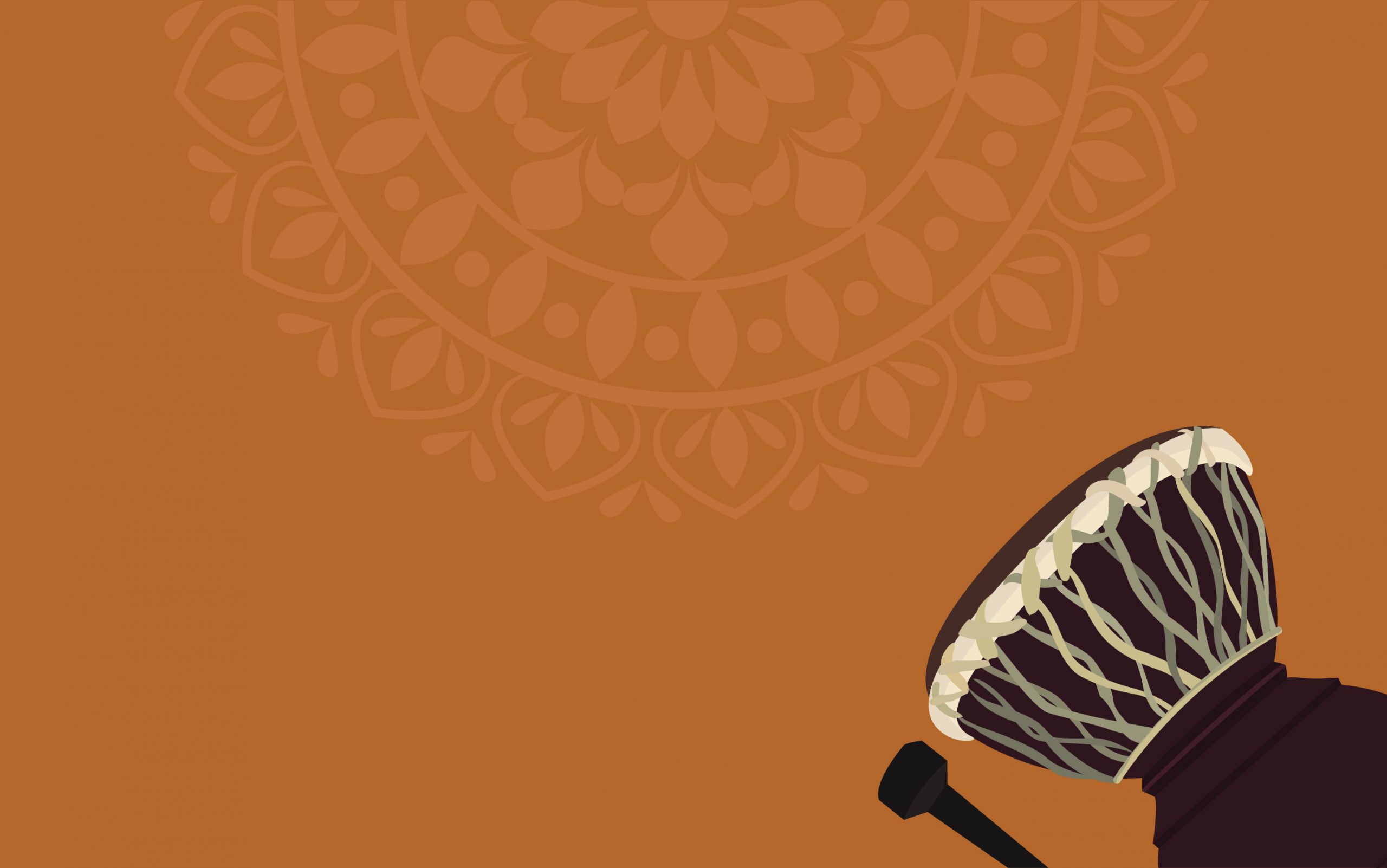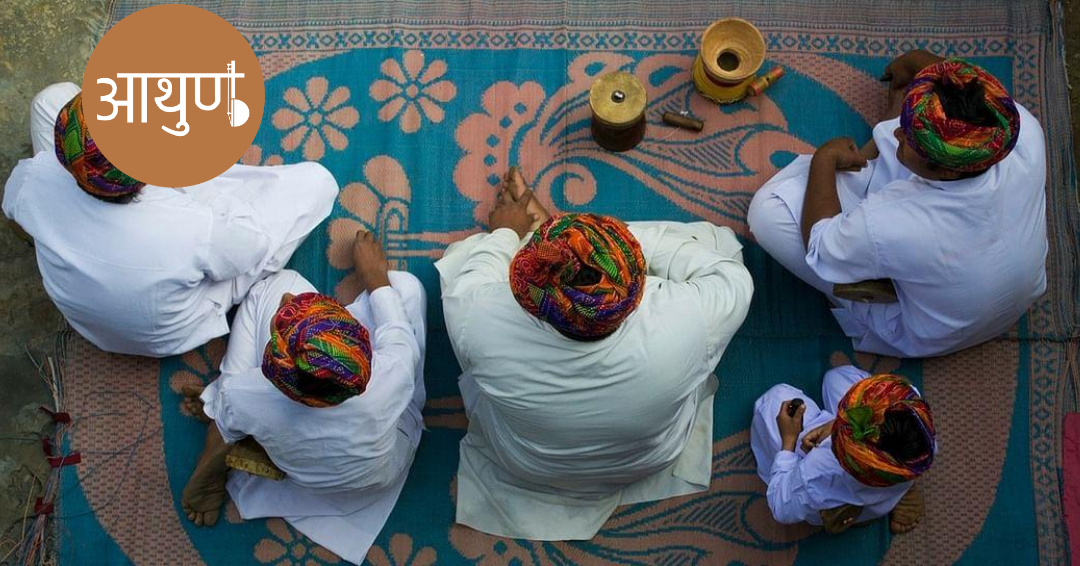


Bhapang is a single stringed musical instrument used by the folk musicians of Rajasthan as well as India. Bhapang is used for solo performances, and also as an accompanying instrument for bhajans, spiritual songs, poetic songs, and folk songs. Resembling the conventional two-headed percussion instrument- Damru, Bhapang is an unconventional folk string instrument from Rajasthan. As strange the look of the instrument is, it doesn’t beat the unique sound it produces. In any case, the outré harmonies of Bhapang invariably add a greater charm to the folk music of Rajasthan.
The musical instrument is often used by the Bhat community of Rajasthan while singing Marwari folk songs. The nomadic saints of Mev-Muslim community, too, play this instrument as an accompaniment of vocal performances in Mevati singing style. Its popularity among Jogis, or Saints, has earned Bhapang another name – Jogia Sarangi, literal for a little stringed musical instrument of Saints.

The origin of the instrument too is associated with nomadic Saints, a fact that gets support from the use of the easily available materials that goes into the making of Bhapang. It is very unclear when the Bhapang was first made. But according to popular folk history, wandering saints used it to sing folk songs.
If you want to see a performance of Bhapang, then Alwar district of Rajasthan is the best place to visit. Here local folk musicians from the Mewati community still play the Bhapang in cultural festivals and tourist places.
Traditionally, Bhapangs are made of hollow gourd shells, with the top and bottom part of the shell slashed away. The bottom part is then replaced by a flexible piece of leather, generally goat-hide. The leather is firmly attached to the bottom, giving the lower part of the shell the appearance of a typical percussion instrument. The centre is then punctured and a string is passed through the leather piece to the other end, where a small bamboo piece is tied to it.